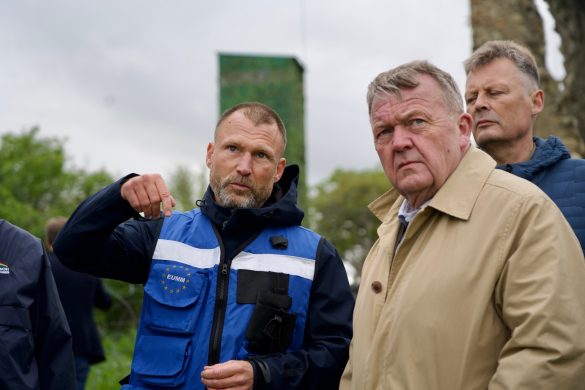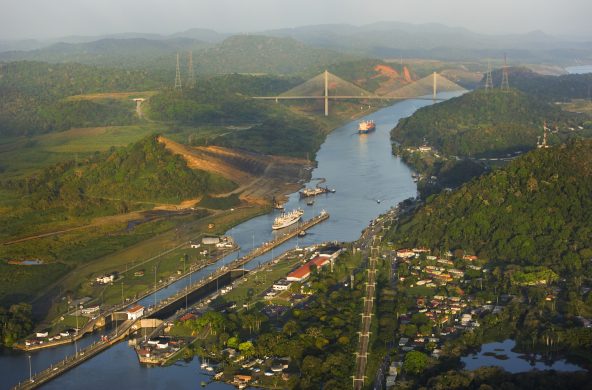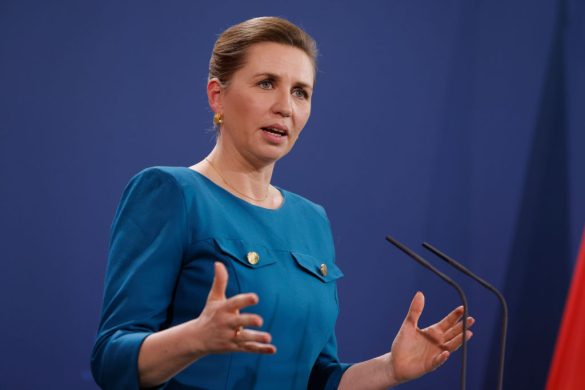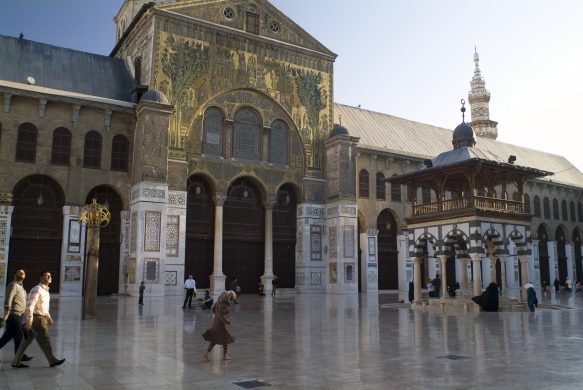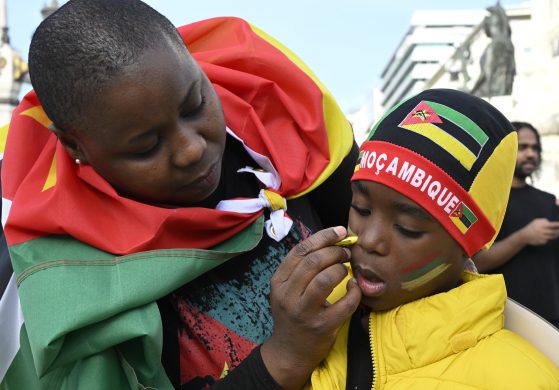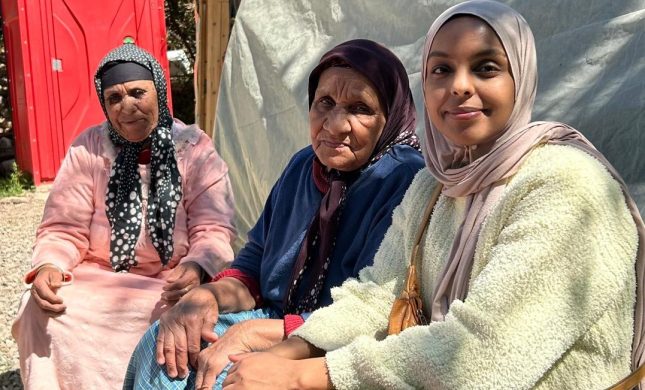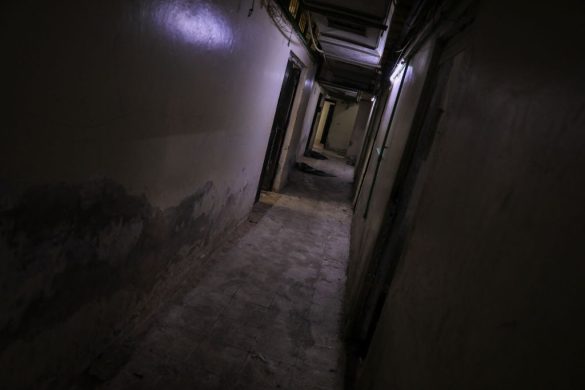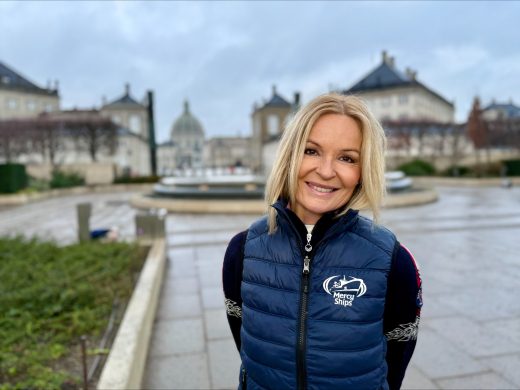Klimaforandringer rammer de fattigste hårdest, og mens effekterne af klimaforandringer tager til bliver det vanskeligere at komme ud af fattigdom. Vi har dog stadig mulighed for at bekæmpe fattigdom, mens vi reducerer klimaskadelige udledninger, skriver Verdensbanken fredag.
The photos we see of crops withering in fields from lack of rain or of homes splintered by a storm provide only a glimpse of the damage climate change can do to the world’s poor, writes the World Bank Group on its website Friday.
Peel back more layers, and the interplay between poverty and climate change becomes more complex.
The herder who loses one or two cows to famine amid a drought may feel he has little choice but to sell other livestock at very low prices – the only prices he can get – to keep his family fed.
The family may survive the crisis, but they will have lost the productive economic assets they relied on, assets that had paid for the children to attend school and were helping the family move out of poverty.
The children lose the advantage of an education, the herder has lost an economic base to build from, and he becomes less likely to take risks that could increase his income. Escaping the poverty trap becomes more difficult.
Governments can help poor families get through climate shocks with more of their assets intact and build resilience to longer-term climate changes while also working to reduce the drivers of climate change.
Experts in poverty and climate change at the World Bank Group are meeting with researchers around the world this year to help develop policy guidance and recommendations that can help.To end poverty requires action on both poverty and climate change – quickly.
“Climate change represents a direct and immediate threat to poverty alleviation. It’s important that we bring the climate and poverty communities together to design interventions that are effective for both,” said Marianne Fay, the World Bank Group’s chief economist for climate change.
Four clear issues are opening those conversations:
1) Climate change is an obstacle to ending extreme poverty.
The poor – both those living in poverty and those just barely above the poverty line – are already the most at risk from climate change.
They have the fewest resources to adapt or recovery quickly from shocks, and they often live on the most vulnerable land because it tends to be the most affordable, such as homes along creeks that flood or on hillsides prone to landslides, or farmland with limited water access.
The damage extreme weather can to do their homes and businesses can prevent the poor from escaping poverty, and it is often the trigger that tips the vulnerable into poverty.
A 25-year survey of households in India’s Andhra Pradesh found that 14 percent of households were able to escape poverty while 12 percent of households became impoverished; of those who slid into poverty, 44 percent cited weather events as a cause.
2) Climate policies benefit the poor over the long-term and can benefit the poor in the short-term when accompanied by appropriate social policies.
Climate policies designed to reduce greenhouse gas emissions can increase the cost of energy, but they can also generate or free up public finances to help the poor in more targeted ways.
Carbon pricing, for example, puts a price on carbon to help lower emissions and can create a revenue stream from polluters that can be used to help the poor offset any rise in fuel or energy prices.
When British Columbia created its carbon tax, it used the revenue to lower income and business taxes and to create a low-income climate action tax credit that provides quarterly payments to the poor.
Phasing out fossil fuel subsidies can also help lower emissions and free up government spending for more targeted support for the poor.
The world spent almost $550 billion on direct subsidies for the consumption of fossil fuels in 2013, with the greatest benefit going to the wealthy who typically use more fuel. Through other programs, government support can be more precisely directed to reach the people who need it.
Several countries are now working on subsidy reform. When Indonesia began phasing out fossil fuel subsidies and raised gas prices by 44 percent, it also introduced programs to mitigate the effect of higher energy prices through subsidized rice, free health care, cash assistance to poor students and a one-year conditional cash transfer targeting poor households with pregnant women or school-age children.
3) Creating strong, flexible social safety nets can catch the poor before they fall into poverty.
One clear message from the research across climate change and poverty is that reducing the impact of climate change on poverty requires strengthening the social protection system to make programs scalable and targeted to those in need.
An effective social protection system is one flexible enough to be scaled up quickly in times of crisis. One study in East Africa found that the cost of a drought to households increases from $0 to $50 per household if support is delayed by four months after harvest and to $1,300 if support is delayed by six months or more due to the impact on children and distress sales of livestock and other property.
Beyond emergency support, effective social protection systems help increase access to basic services for the poor, to health care, and to financial services such as loans to help rebuild or build businesses.
4) We have a window of opportunity to reduce poverty now.
We are seeing the impacts of climate change already in melting glaciers and extreme weather. Scientists warn that the world is locked into an increase of about 1.5°C above pre-industrial times even with action to reduce the drivers of climate change – and as much as 4°C by the end of the century without action, with dangerous consequences.
As the impacts of climate change worsen, it will become harder to eliminate poverty. That leaves a narrow window for ending extreme poverty and putting in place the safety nets that can keep poverty at bay while countries also work to lower their emissions toward net zero.
The work underway right now, with a goal of ending extreme poverty by 2030, can help governments lead the way on combating climate change while also working to improve the lives and futures of the least well-off in their countries.



